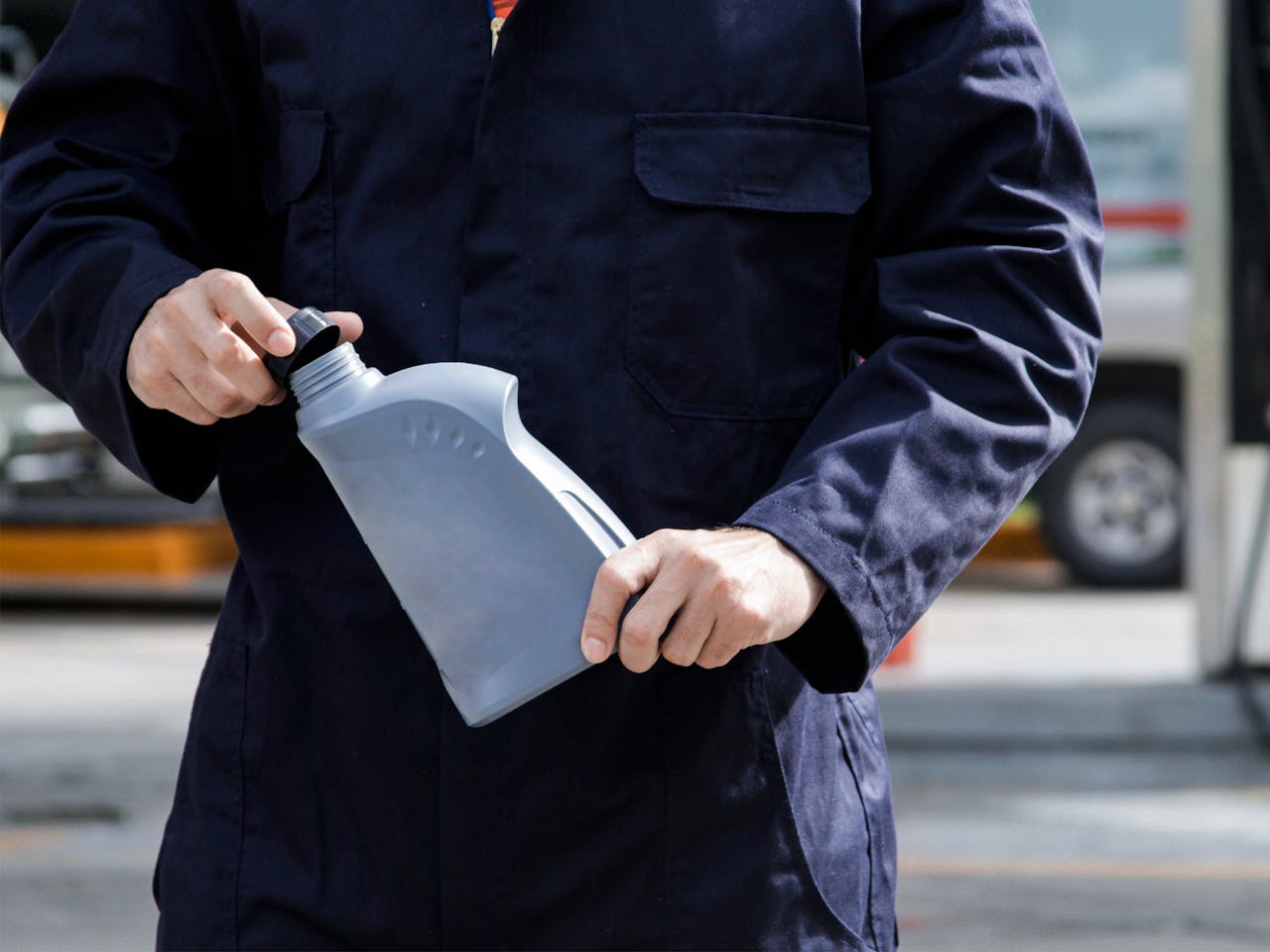

Over half of the workforce in Myanmar is employed in agriculture, which also makes up a sizeable portion of the country’s GDP. However, the industry suffers a number of difficulties, such as low productivity, poor infrastructure, and restricted access to funding and technology. Despite these difficulties, Myanmar's agriculture market presents a lot of potential for expansion and improvement.

In Myanmar, rice is the main crop grown, occupying more than 80% of all cultivated area. The nation is one of the biggest exporters of rice in the world, and the crop has a considerable economic impact on the nation. However, Myanmar's rice cultivation is still mostly conventional, low-yielding, and adopts few cutting-edge techniques. To solve this, the government has started a number of programs to encourage the use of cutting-edge rice farming methods, such as the usage of high-yield rice varieties and mechanized farming methods.
Myanmar produces a wide range of other crops in addition to rice, including as fruits, legumes, and oilseeds. However, these products are frequently grown in little numbers and offered for sale at low prices, leaving farmers with a meager income.
The government has made a point of emphasizing the need for crop diversification and value-addition, with an emphasis on producing higher-value commodities and encouraging agro-processing enterprises to solve this issue. Additionally, the government has started a number of programs to give farmers access to capital and technology to boost crop diversification and value addition.
Despite the challenges facing Myanmar's agriculture sector, the sector offers significant opportunities for growth and development. One of the key opportunities is the growing demand for agricultural products, both domestically and internationally. As incomes continue to rise in Myanmar, there is increasing demand for higher-value crops and processed foods. Additionally, Myanmar's proximity to major markets, such as China and India, provides significant opportunities for exports.
A sizeable section of Myanmar's population relies on agriculture as a source of income, making it a crucial industry for the country's economy. Even though the industry has a number of difficulties, such as low productivity and inadequate infrastructure, there are abundant chances for expansion and improvement. Myanmar can unleash the potential of its agricultural sector and contribute to the economic growth of the nation through encouraging the use of contemporary technology and practices, encouraging crop diversification and value-adding, and funding rural infrastructure.

SEA Cryptocurrency Regulations and Policies
Navigating SEA's cryptocurrency regulations requires a nuanced understanding of the regulatory landscape, adoption trends, and influencing factors.

Opportunities in Digitalization App for Automotive Lubricant Market in SEA
The automotive lubricant market in Southeast Asia is at the cusp of a digital revolution. Stakeholders can anticipate a continued surge in digitalization applications for the lubricant market, aimed at driving efficiency, enhancing customer experiences, and championing sustainability initiatives. Key themes such as e-commerce, data analytics, IoT integration, personalized experiences, and sustainability are poised to shape the industry's trajectory, providing opportunities for innovation and growth.

The Transformation of Myanmar's Garment Industry
Myanmar's garment industry has undergone substantial expansion and change in recent years. Learn more about the latest developments in the sector.

Updates on Shared Mobility in Myanmar
We look at the current trends, challenges, and opportunities for shared mobility services in Myanmar.